ATC News
Wild East Action Fund Grant Recipients Announced
March 2, 2022
The Appalachian Trail Conservancy (ATC), on behalf of the ATLP, is excited to announce the recipients of the 2021 Wild East Action Fund. Eleven projects were awarded Land Protection Grants, supporting the protection of over 41,000 acres in the greater Appalachian Trail (A.T.) Landscape. Seven projects were awarded Capacity Building Grants aimed at strengthening our partner’s abilities to enhance land protection and conservation efforts across the landscape. These innovative projects ranged from expanding GIS capabilities to improving Justice, Equity, Diversity, and Inclusion efforts to crowdsourcing flower phenology along the Trail.
Continue reading to learn more about the 2021 WEAF projects and their organizations below.
Land Protection Projects:
 Organization: Warren Land Trust
Organization: Warren Land Trust
Project: Tanner Farm Preservation Project
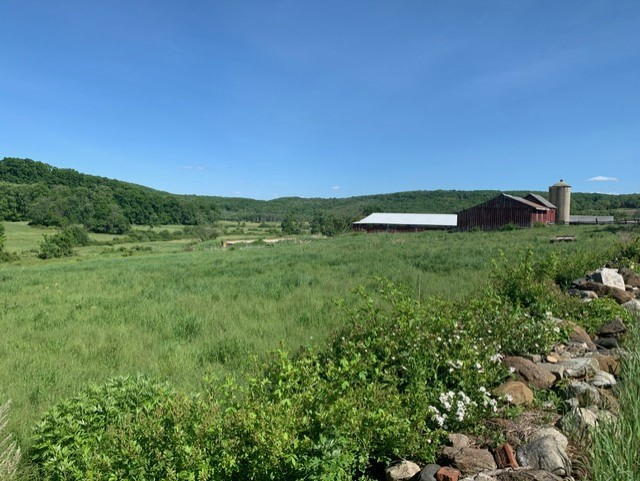
Tanner Farm Barn. Photo by Elizabeth Chandler
Warren Land Trust (WLT) received funding to preserve Tanner Farm, a property with significant conservation, agricultural, and recreational value for the A.T. Landscape. With the WEAF award, WLT will leverage additional funding to permanently protect the 203-acre property in Warren, Connecticut. “Warren Land Trust’s acquisition of the Tanner Farm, with the support of the Appalachian Trail Conservancy’s Wild East Action Fund, is an outstanding opportunity to realize high priority conservation objectives by protecting environmentally significant open space, prime farmland, and highly scenic vistas in the town of Warren and the A.T. Landscape in northwest Connecticut,” said Rebecca Neary, President of the Warren Land Trust.
 Organization: The Trust For Public Land
Organization: The Trust For Public Land
Project 1: Roaring Branch: Protecting the Appalachian Trail Corridor
Project 2: Protecting Quill Hill to Perham Stream in Maine’s High Peaks
The Trust for Public Land (TPL) received two separate grants to assist with vital protection efforts in Vermont and Maine.

Roaring Branch Cascades. Photo by The Trust for Public Land
The WEAF grant for the Roaring Branch project provides crucial early support in the permanent protection of the A.T. Corridor. “The need to protect the Green Mountains has never been greater, so the addition of Roaring Branch to Green Mountain National Forest will secure strategic forestland in one of the National Forests most threatened by development,” said Kate Wanner, Senior Project Manager for The Trust for Public Land. “TPL has been partnering with GMNF for three decades and thanks to this new funding, thousands of skiers, hikers, and hunters will have over 2,000 additional acres of public land to enjoy, preserving the treasured landscape surrounding the Appalachian Trail and Long Trail.”

Roaring Branch Cascades. Photo by The Trust for Public Land
The grant awarded to the Protecting Quill Hill to Perham Stream project provides essential support as the project enters its final stages toward completion – providing immense benefits for local communities, both human and wild. “A community’s quality of life greatly depends on having access to public lands, and this funding will help provide residents and visitors access to over 13,000 acres of some of Maine’s most popular outdoor recreation areas,” said Betsy Cook, Maine State Director for The Trust for Public Land. “With less than 15 percent of the High Peaks region accessible to the public and the unique carbon capture abilities this undeveloped land possesses, protection of this landscape is vital to mitigating climate change and ensuring outdoor access for all. We’re thrilled to have the support of the Appalachian Trail Conservancy to make that happen.”
 Organization: Central Pennsylvania Conservancy
Organization: Central Pennsylvania Conservancy
Project: Camp Tuckahoe Protection Project
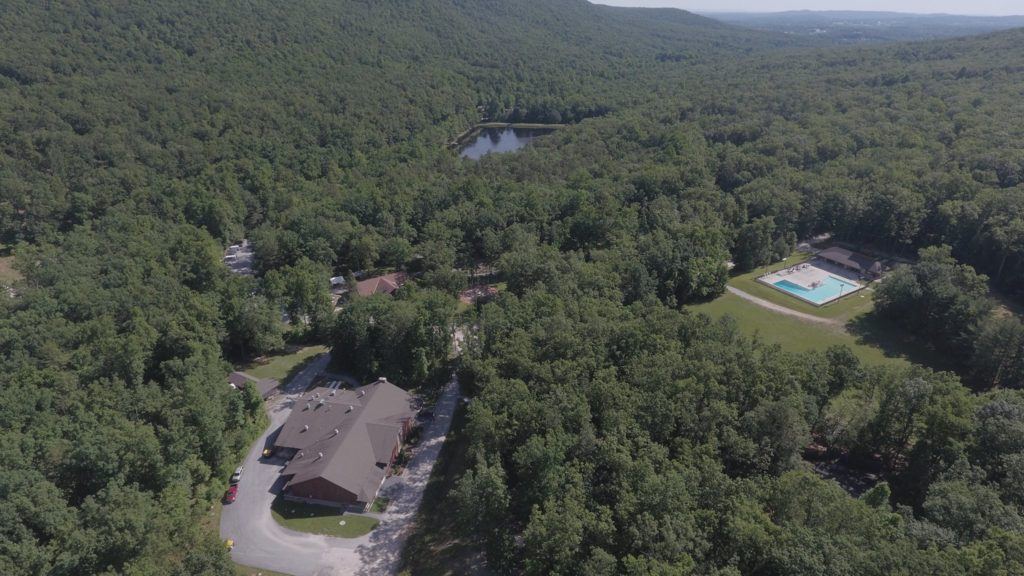
Camp Tuckahoe. Photo by Central Pennsylvania Conservancy
This is the second year that Central Pennsylvania Conservancy (CPC) received funding through the WEAF. Last year, CPC successfully leveraged their Capacity Building Grant to effectively identify potential interest in their region for a conservation easement. This year they sought and received funding through the WEAF to help them permanently protect forestland adjacent to the Appalachian Trail. “With the recent grant awarded by the ATC’s Wild East Action Fund, Central PA Conservancy will have critical funds to advance the permanent protection of approximately 1000 acres at the northern terminus of South Mountain, a broad forest block known as Camp Tuckahoe, owned by the Boys Scouts of America local council as a popular outdoor summer camp,” said Anne Yelk, Executive Director of the Central Pennsylvania Conservancy. “It adjoins the A.T. corridor for almost 2 miles, and as protected forest cover, it strengthens the landscape’s climate resiliency.”
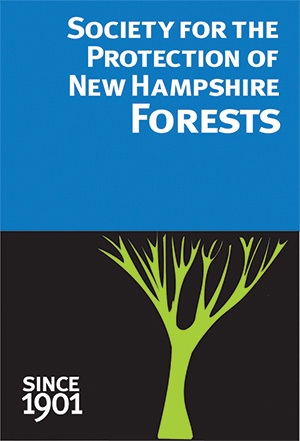 Organization: Society for the Protection of New Hampshire Forests
Organization: Society for the Protection of New Hampshire Forests
Project: Shelburne Valley Forest

Shelburne Valley Forest. Photo by Kathrine Stuart
The WEAF grant awarded for the Shelburne Valley Forest project is an important first step towards protecting over 2,700 acres of valuable forestlands adjacent to the A.T. through northeastern New Hampshire. “The Shelburne Valley Forest will protect a 2.6-mile buffer along the A.T. and is a significant ecological, economic, and recreational resource for the region,” said Brian Hotz, Vice President of Land Conservation at the Society for the Protection of New Hampshire Forests. “Receiving the grant from the Wild East Action Fund (WEAF) has already helped us to secure additional state grant funding towards this exciting project.”
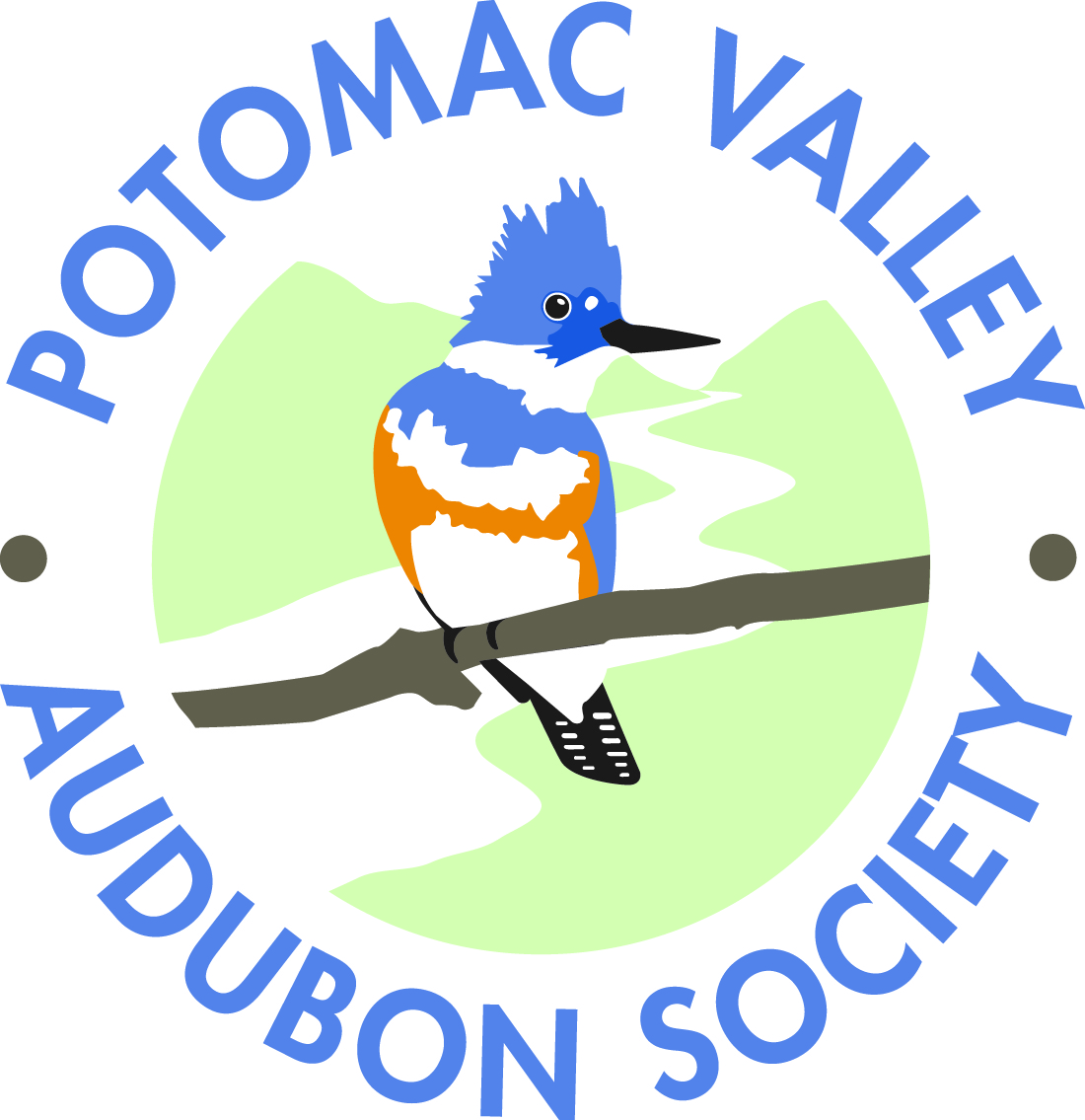 Organization: Potomac Valley Audubon Society (PVAS)
Organization: Potomac Valley Audubon Society (PVAS)
Project: Conservation and Stewardship of Cool Spring Preserve

Bullskin Run and Marsh. Photo by the Potomac Valley Audubon Society
The Potomac Valley Audubon Society (PVAS) grant will allow for the permanent protection of 63 acres found near the A.T. in West Virginia. “The 2021 Wild East Action Fund is allowing the Potomac Valley Audubon Society to make the final payment to protect Cool Spring Preserve under a permanent conservation easement with the WV Land Trust,” said Katelyn Walters, Land and Conservation Manager for the Potomac Valley Audubon Society. “Cool Spring Preserve is a globally rare marl wetland just six miles from the A.T. at Harpers Ferry.”
 Organization: NDPonics
Organization: NDPonics
Project: Onkyayun Maduki Mountain Range Project
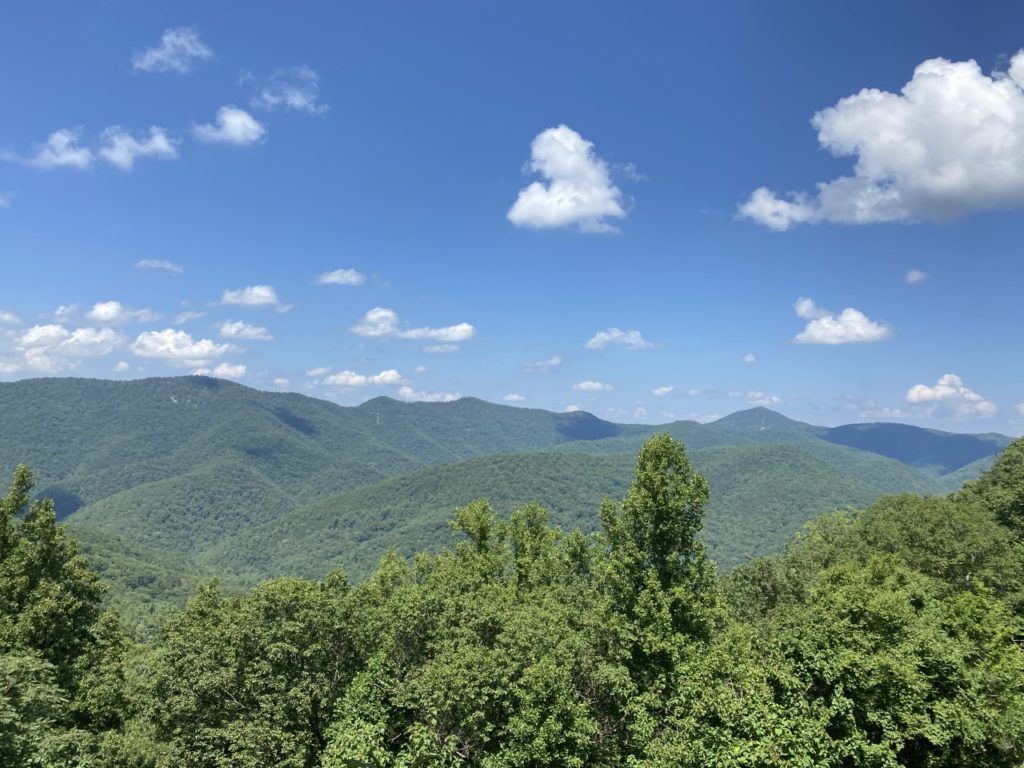
Onkyayun Maduki Mountain Range. Photo by Lucas “Swampdog” Tryee
NDPonics is a relatively new nonprofit in the Blue Ridge region of Virginia working on a wide range of projects benefiting Indigenous peoples of the area. NDPonics works to build indigenous self-reliance and traditional ecological havens through land conservation, cultural rejuvenation, enabling food production, renewable energy installation, and energy efficiency. The WEAF grant will help protect 116 acres found in Rockbridge County, VA. Lucas “Swampdog” Tryee, Executive Director of NDPonics, said, “The Wild East Action Fund will enable NDPonics 501(c)(3) to purchase a mountain peak that has been used in traditional ceremonies since time immemorial. Through Anthro-forestry, our indigenous scientific practice of increasing carrying capacity and biodiversity serves our livelihood as much as the ecosystem of which we are a part. With great pride we will now be able to reinstate these practices on these lands.”
 Organization: Hudson Highlands Land Trust
Organization: Hudson Highlands Land Trust
Project: Protecting Resilient Wildlife Habitat in the Heart of New York’s A.T. Landscape

Photo by Hudson Highland Land Trust
Hudson Highlands Land Trust’s 2021 WEAF grant will allow them to acquire and protect an ecologically important property in Putnam Valley, NY. Katrina Shindledecker, Executive Director at Hudson Highlands Land Trust, said, “The Hudson Highlands Land Trust is delighted and grateful to receive ATLP Wild East funds. The funding supports a 240+ acre land protection project in the heart of New York’s A.T. landscape – an area with incredible biodiversity. The project will safeguard resilient wildlife habitats and an important forest core that is part of the larger New York Highlands region. We are proud of this partnership opportunity, its impact on regional climate resilience, and, in turn, the largest climate corridor on the East Coast – the A.T. Landscape.”
 Organization: High Peaks Alliance
Organization: High Peaks Alliance
Project: Conservation of Perham Stream Birding Trail
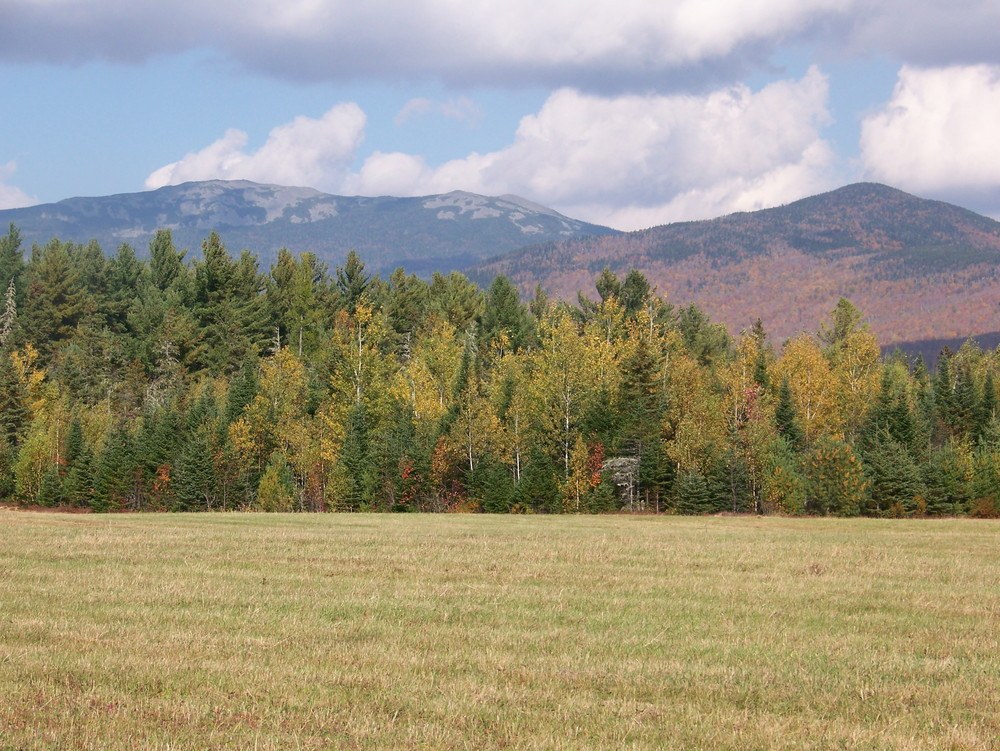
Photo by K. Burbank
The 2021 WEAF grant for the Conservation of Perham Stream Birding Trail will allow for the permanent protection of 80 acres, including a highly cherished community recreation trail within immediate proximity of the A.T. in Madrid Township, Maine. Brent West, Executive Director of the High Peaks Alliance, said, “The Perham Stream Birding Trail is a gateway experience to the A.T. Landscape. This family-friendly walk immerses users in wide open views of Maine’s High Peaks. The Wild East Action Fund’s grant to support the High Peaks Alliance’s effort to conserve and manage this property is an example that Benton MacKaye’s original vision for ‘a realm and not merely a trail’ is still alive and well.”
 Organization: Greenagers
Organization: Greenagers
Project: Bow Wow Woods
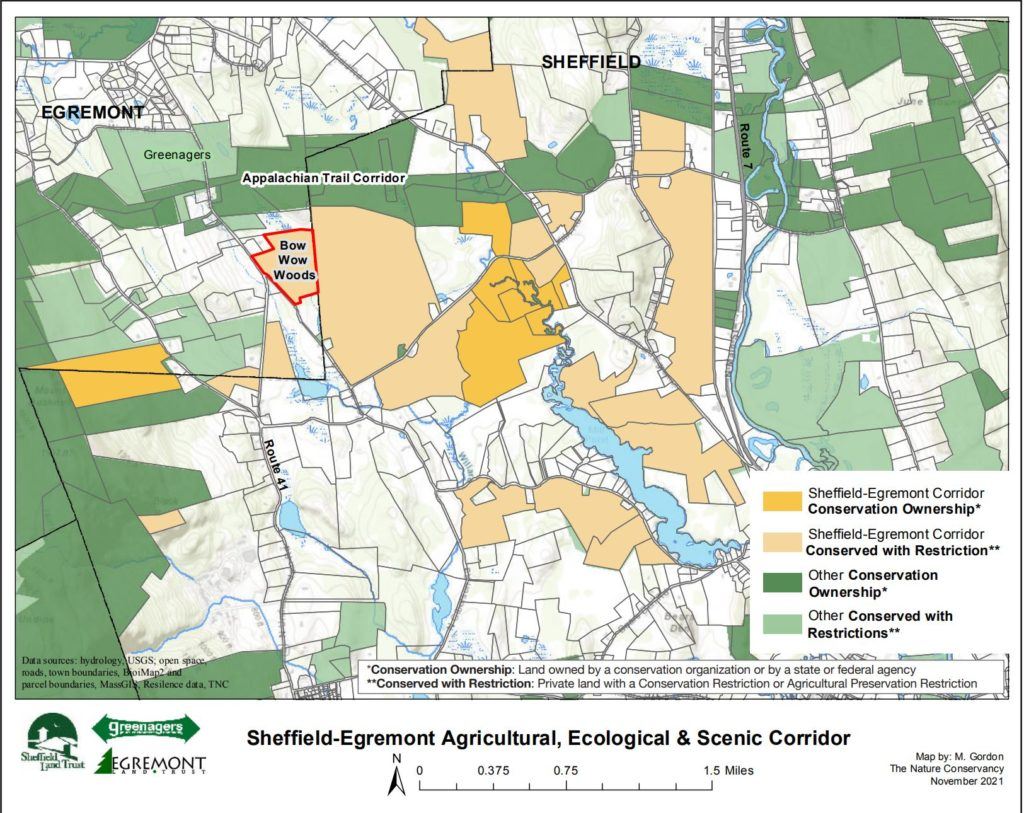 The 2021 WEAF grant for Bow Wow Woods project will help protect 54 acres in western Massachusetts, by leveraging the unique skills provided by an innovative partnership between three organizations: Greenagers, Egremont Land Trust, and Sheffield Land Trust. “Greenagers is thrilled to be a part of this conservation collaborative and grateful to the ATC for their generous award,” said Will Conklin, Executive Director of Greenagers. “Through stewardship practices and environmental education, we look forward to instilling in local youth a curiosity about our natural world and a land ethic inspired by Aldo Leopold’s Sand County Almanac.”
The 2021 WEAF grant for Bow Wow Woods project will help protect 54 acres in western Massachusetts, by leveraging the unique skills provided by an innovative partnership between three organizations: Greenagers, Egremont Land Trust, and Sheffield Land Trust. “Greenagers is thrilled to be a part of this conservation collaborative and grateful to the ATC for their generous award,” said Will Conklin, Executive Director of Greenagers. “Through stewardship practices and environmental education, we look forward to instilling in local youth a curiosity about our natural world and a land ethic inspired by Aldo Leopold’s Sand County Almanac.”
 Organization: Forest Society of Maine
Organization: Forest Society of Maine
Project: Grafton Forest Conservation Project

An aerial view of York Pond looking towards Grafton Notch in Grafton Township, Maine. Photo by Jerry Monkman
The Forest Society of Maine received 2021 WEAF grant providing continued support for the Grafton Forest Conservation Project. This crucial land protection effort is entering its final stages of completion. “The Wild East Action Grant to the Forest Society of Maine gave a final boost to the 21,000-acre Grafton Forest Project that borders the Appalachian Trail in Maine,” said Karin Tilberg, Executive Director of the Forest Society of Maine. “Wild East’s confidence in Grafton Forest, and its awareness of its significance as a critical buffer to the A.T. and two side-trails, has helped ensure the successful conservation outcome anticipated to be spring of 2022.”
Capacity Building Projects
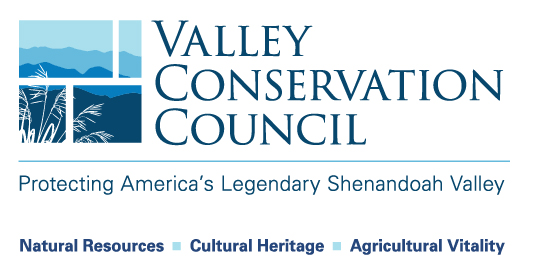 Organization: Valley Conservation Council
Organization: Valley Conservation Council
Project: Conservation Prioritization in the Shenandoah Valley
Valley Conservation Council (VCC) received a 2021 WEAF Capacity Building Grant to pursue the development of a GIS prioritization tool that will accelerate VCC strategic goals in the Shenandoah Valley of Virginia. “Valley Conservation Council is thrilled to have been selected as a 2021 Wild East Action Fund recipient,” said Taylor Evans, Director of Land Protection at the Valley Conservation Council. “The award we received will help VCC develop a conservation GIS prioritization tool along the Appalachian Trail corridor that runs through our 11-county service region in the Shenandoah Valley. This tool will guide outreach efforts to landowners to permanently protect key parcels from development, ensuring that habitat, water quality, and the vistas of the Valley remain intact and protected far into the future.”
![]() Organization: Ridge and Valley Conservancy
Organization: Ridge and Valley Conservancy
Project: Appalachian Trail Viewshed Initiative
Ridge and Valley Conservancy (RVC) was awarded a 2021 WEAF grant to initiate essential strategic conservation planning efforts in northwestern New Jersey. Susi Tilley, Executive Director of Ridge and Valley Conservancy, said, “We are excited to begin the Strategic Conservation Planning process for Ridge and Valley Conservancy. We are grateful to the ATC’s Wild East Action Fund and the Nature Conservancy of New Jersey for helping us to launch our Appalachian Trail Viewshed Initiative. This Initiative will span the entire Valley and Ridge Physiographic Region of New Jersey. We will engage stakeholders and our neighbors in Sussex and Warren counties to drive essential preservation activities in this ecologically unique area of New Jersey. The Appalachian Trail and surrounding natural areas mean so much to people here and we are thrilled to be in a position to protect it. This grant allows us to bring stakeholders from both counties together to discuss conservation strategies for the region as a whole. This planning work will be a catalyst for conservation achievements that will enhance regional quality of life for generations.”
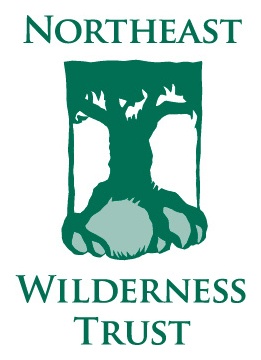 Organization: Northeast Wilderness Trust
Organization: Northeast Wilderness Trust
Project: Building a Framework for Strategic Wilderness Conservation along the A.T.

An aerial view of the northwest side of Old Speck Mountain in the Mahoosuc Range, Maine. Photo by Jerry Monkman
Northeast Wilderness Trust received a 2021 WEAF grant to support their good work of catalyzing forever-wild conservation throughout the Northeast. “The Wild East Action Fund’s support will allow Northeast Wilderness Trust to strategically prioritize wildlands conservation projects within the A.T. corridor while building critical partnerships,” said Jon Leibowitz, Executive Director of the Northeast Wilderness Trust. “We are grateful for the opportunity to conduct high-level conservation planning that will result in a beautiful, thriving, and connected eastern wildway corridor.”
 Organization: Mainspring Conservation Trust
Organization: Mainspring Conservation Trust
Project: A.T. Landscape Conservation Acceleration

Photo by Eric Haggart
Mainspring Conservation Trust (MCT) received funding to increase their capacity to work with partners to implement and expand on Mainspring’s Conservation Planning Tool to protect the A.T. Landscape in western North Carolina. “Mainspring Conservation Trust is so grateful for the increased capacity that the Appalachian Trail Conservancy is providing in 2022 to help conserve climate resilient lands in the Appalachian Trail viewshed,” said Emmie Cornell, Land Conservation Manager at Mainspring Conservation Trust. “We are excited to build and expand relationships with our local, state, and federal partners to protect and promote the Southern Blue Ridge Mountains and connect people to the abundant natural and community resources along the Trail.”
 Organization: Maine Appalachian Trail Land Trust
Organization: Maine Appalachian Trail Land Trust
Project: MATGIC: Maine Appalachian Trail Geospatial Information for Conservation
Maine Appalachian Trail Land Trust (MATLT) received funding to continue its work on the Maine Appalachian Trail Geospatial Information for Conservation (MATGIC) program strengthening their catalyst role as priorities mapper, project manager, steward, and outreach leader for diversity efforts. “The Maine Appalachian Trail Land Trust would like to thank the Appalachian Trail Conservancy for this capacity building grant through the Wild East Action Fund,” said Maine Appalachian Trail Land Trust Board President David Kallin. “Conservation of the A.T. landscape in Maine has entered an urgent phase, and the pace and scale of the efforts have accelerated. This grant will allow MATLT to similarly accelerate work on programs which will result in thousands of acres of conservation along the A.T. corridor. This landscape is a natural climate mitigation area and protection of this region will lower Maine’s carbon footprint and provide a refugia for plant and animal species as the climate warms.”
 Organization: Catoctin Land Trust for The Heart of Maryland Conservation Alliance
Organization: Catoctin Land Trust for The Heart of Maryland Conservation Alliance
Project: The A.T. Welcome Table Grows: Working with non-traditional partners and communities
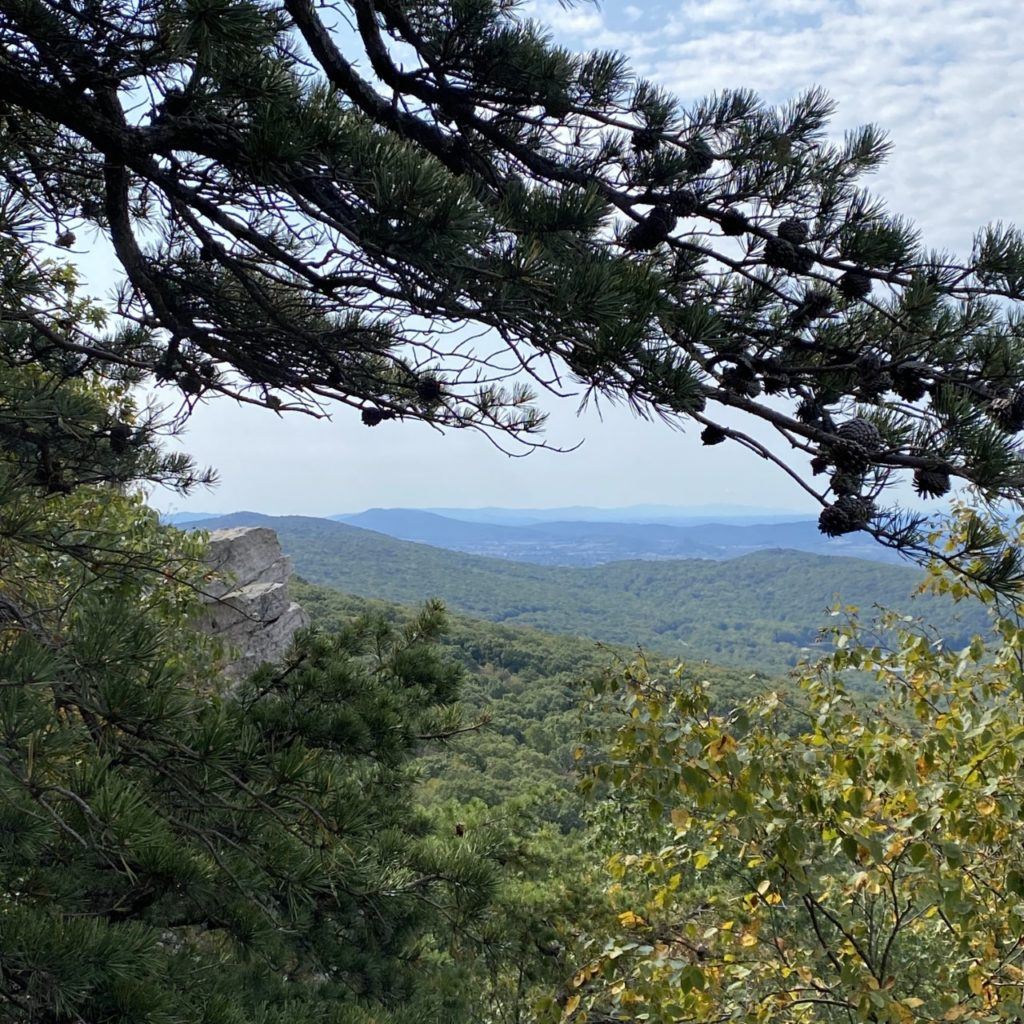
White Rock. Photo by Catoctin Land Trust
The South Mountain Campaign is a multi-year drive to protect Maryland’s A.T. Landscape. The Heart of Maryland Conservation Alliance (HMCA) received funding to support The Welcome Table Grows initiative that endeavors to engage non-traditional partners and BIPOC communities. “Our Wild East Action Fund grant will help us connect with new people outside the traditional hiking world and, we hope, welcome new leadership that is more diverse and representative of our community,” said David Lillard, Executive Director of Catoctin Land Trust. “Preserving the A.T. landscape beyond the boundary begins with a recognition that the Trail landscape in Maryland is as much a mosaic of people as it is a patchwork of scenic beauty and natural wonder. We can protect the Trail landscape only when we understand what it means to people; and we have a lot more people to hear from.”
 Organization: Appalachian Mountain Club
Organization: Appalachian Mountain Club
Project: Crowdsourcing Flower Phenology Along the A.T. Mega Transect

A.T. near Mohican Outdoor Center. Photo by Paula Champagne, courtesy of Appalachian Mountain Club.
Appalachian Mountain Club (AMC) received funding to support and engage volunteers with data collection on the A.T. to advance the understanding of ecosystems’ responses to climate change and bring awareness about climate change. “The generous grant from the ATC is enabling us to expand our recently launched community science project, Crowdsourcing Flower Phenology, along the Appalachian Trail Mega Transect that leverages thousands of hikers as community scientists to photograph plants along the Appalachian Trail corridor and submit their observations to our project on the iNaturalist platform,” said Susan Arnold, Interim President & CEO of the Appalachian Mountain Club. “This grant will substantially advance our recruitment of community scientists in the Mid-Atlantic region, where we aim to involve at least 500 new volunteer contributors and generate thousands of additional observations.”
Discover More

The A.T. Landscape Partnership
A Dynamic Approach to Landscape Conservation
The Appalachian Trail Landscape Partnership is a dedicated coalition of local, state and federal partners led by the Appalachian Trail Conservancy and the National Park Service.

Official Blog
Climate Resiliency and the A.T.
Protecting and expanding climate-resilient forests along the Appalachian Trail is vital to ensuring their long-term survival.

A Strong Future
Conservation
As stewards of the Appalachian Trail, our goal is to ensure it will be enjoyed for centuries to come.
